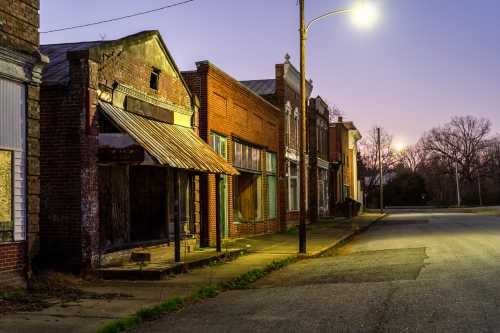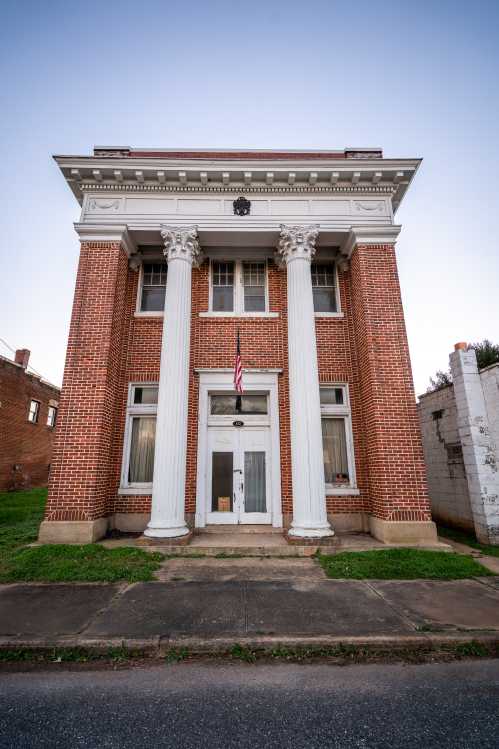If you’re a Virginia resident, it may be time to break out your metal detector.
Throughout the years, Virginia has been the scene of many unusual and unsolved mysteries. But none seem quite as compelling as Beale's Treasure: a buried vault worth millions that could be hidden somewhere in Bedford County, Virginia. For over 200 years, no one has been able to crack the codes that National Geographic deemed some of the strongest passwords to have ever been created. Here's how it all began:
It was spring of 1817. Thomas J. Beale and a group of 30 Virginian adventurers headed towards the western plains to hunt buffalo and wild game. Little did they know what awaited them deep in the heart of the Rocky Mountains.
The group stumbled upon a mine rich with gold, silver, and precious gems. It took 18 months of steady labor to collect the thousands of pounds of treasure. If discovered today, this collection would be worth $30 million.
Between 1819-1821, shipments of these precious metals were brought back to Virginia and tucked away into their secret Blue Ridge Mountain location. The explorers knew they would face danger in the upcoming years. Beale devised a plan to make sure the treasure would be given to their next-of-kin in case the group was killed. This plan turned out to be incredibly complex.
Beale created three ciphers: the first with the treasure's location, the second (shown above) with the treasure's description, and the third with the names of Beale's men and their families. He entrusted Robert Morriss of Lynchburg with the iron box containing the cyphers. Morriss was told not to open the box until a key was sent to him with instructions for deciphering. Ten years passed without a word from Beale or trace of the key.
It wasn't until 1862 that Morriss confided in another about the ciphers and treasure. This confidant promised to honor Beale's instructions should he solve the code. After decades of work, only the second message was revealed. This same individual (unknown) anonymously published this pamphlet and included the deciphered second message.
Beale used the Declaration of Independence to craft the key to his code for the second cipher, as discovered by the author of the pamphlet. Interestingly enough, the same key doesn't work for the first and second ciphers. Beale may have used different publications of the Declaration for added protection. You might say that his security system worked a little too well.
Many have attempted to search for Beale's Treasure, but none have succeeded. This clue, revealed by the second cipher, offers a general idea of the treasure's whereabouts: "I have deposited in the county of Bedford, about four miles from Buford's, in an excavation or vault, six feet below the surface of the ground...nineteen hundred and seven pounds of gold, and twelve hundred and eighty-eight of silver...also jewels." Most have interpreted this location to be Johnson Orchard and the Peaks of Otter Winery in Bedford County.
Some believe Edgar Allan Poe may have written the pamphlet. This isn't historically validated, but it does seem like a tale with just enough mystery for Mr. Poe. For more documented facts and debunked myths about the story, you can visit Beale Treasure Story.
In terms of unsolved mysteries, the Beale Treasure is a popular one with many theories. We may never know whether the meticulous efforts made by Thomas Beale were protecting treasure, or if this is all just one magnificent legend. No matter the case, the story itself is worth its weight in gold. Do you think the treasure exists? Comment below and share your thoughts! For more unsolved mysteries in Virginia, be sure to check out our previous unsolved mysteries article.
Subscribe to our newsletter
Get the latest updates and news
Thank you for subscribing!





















